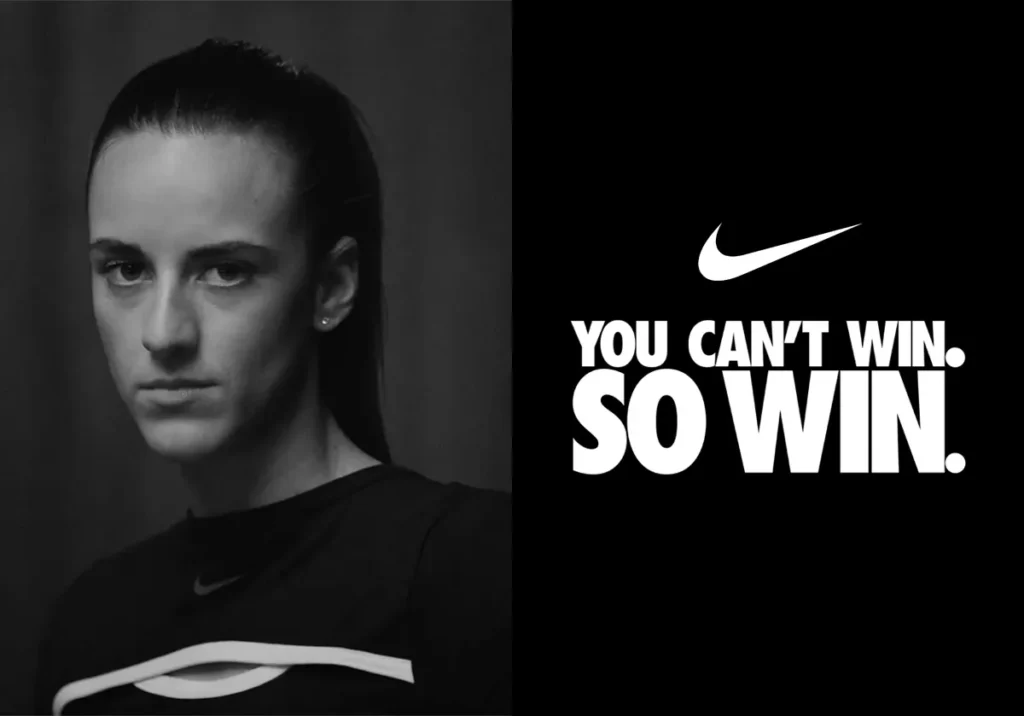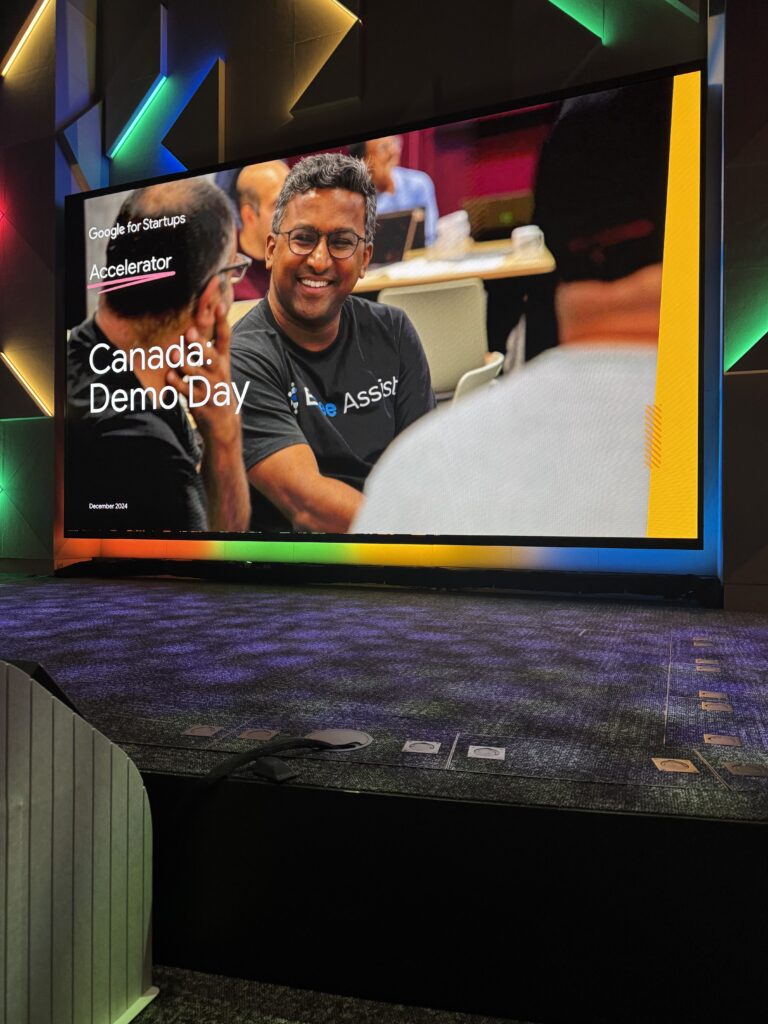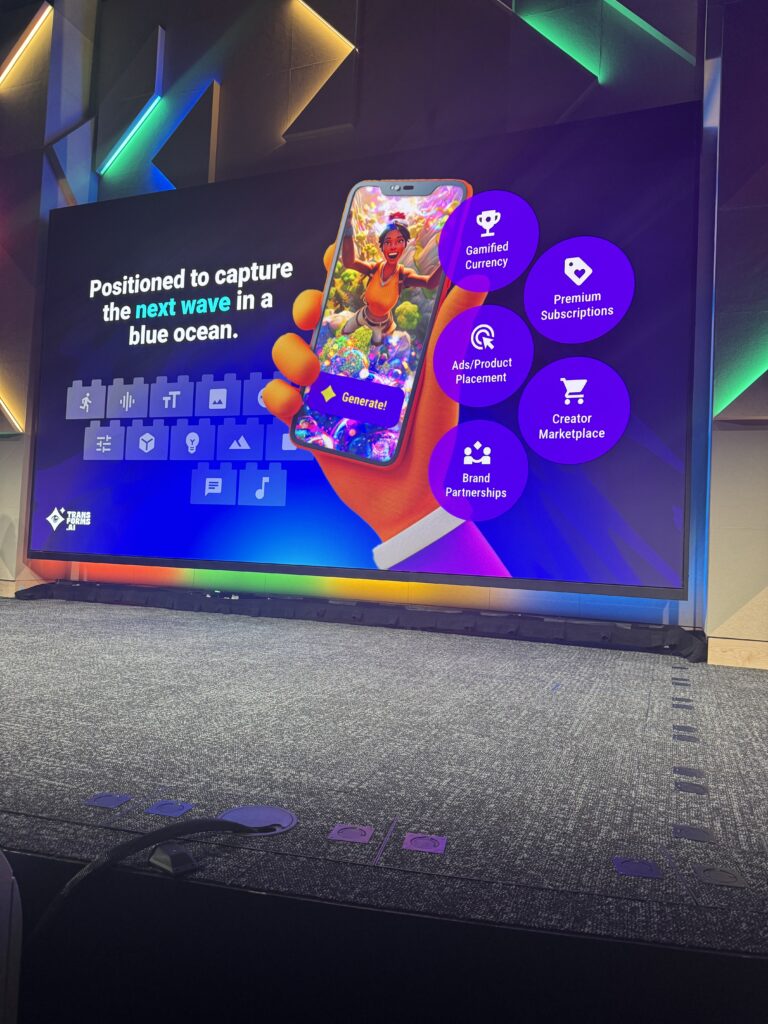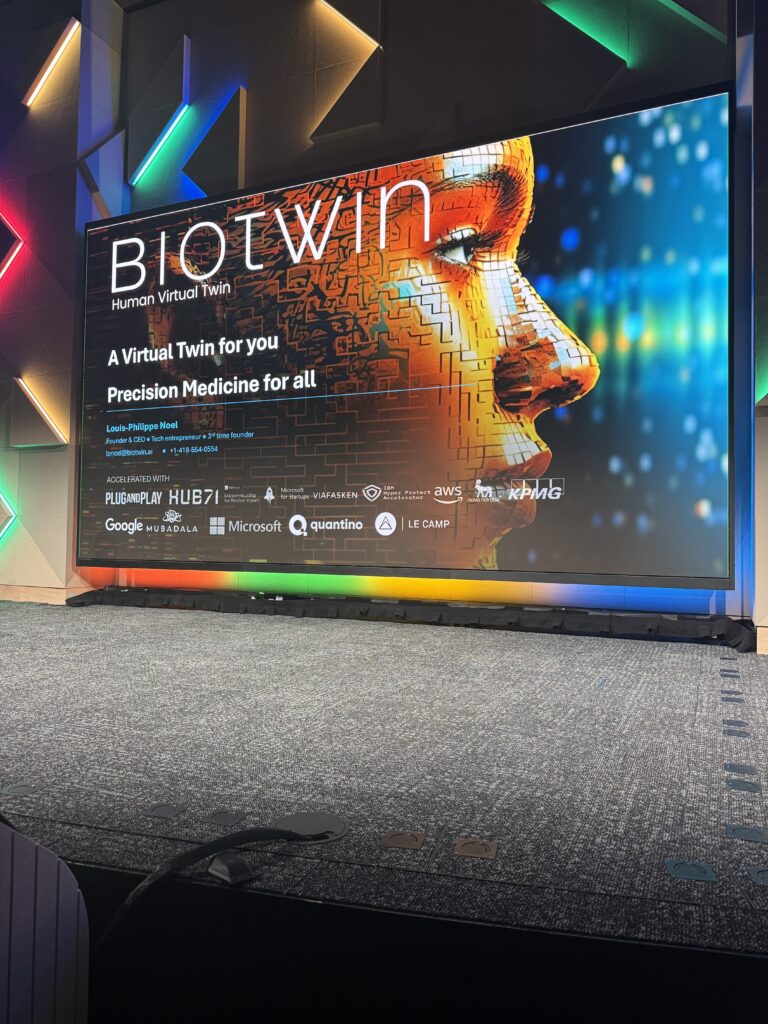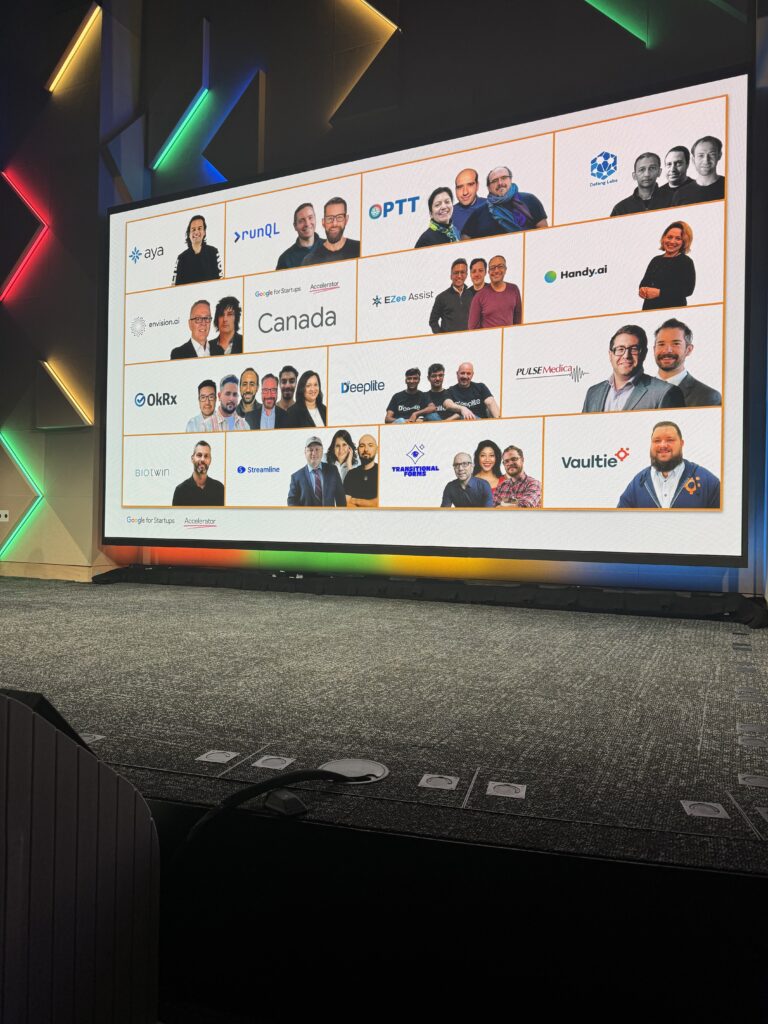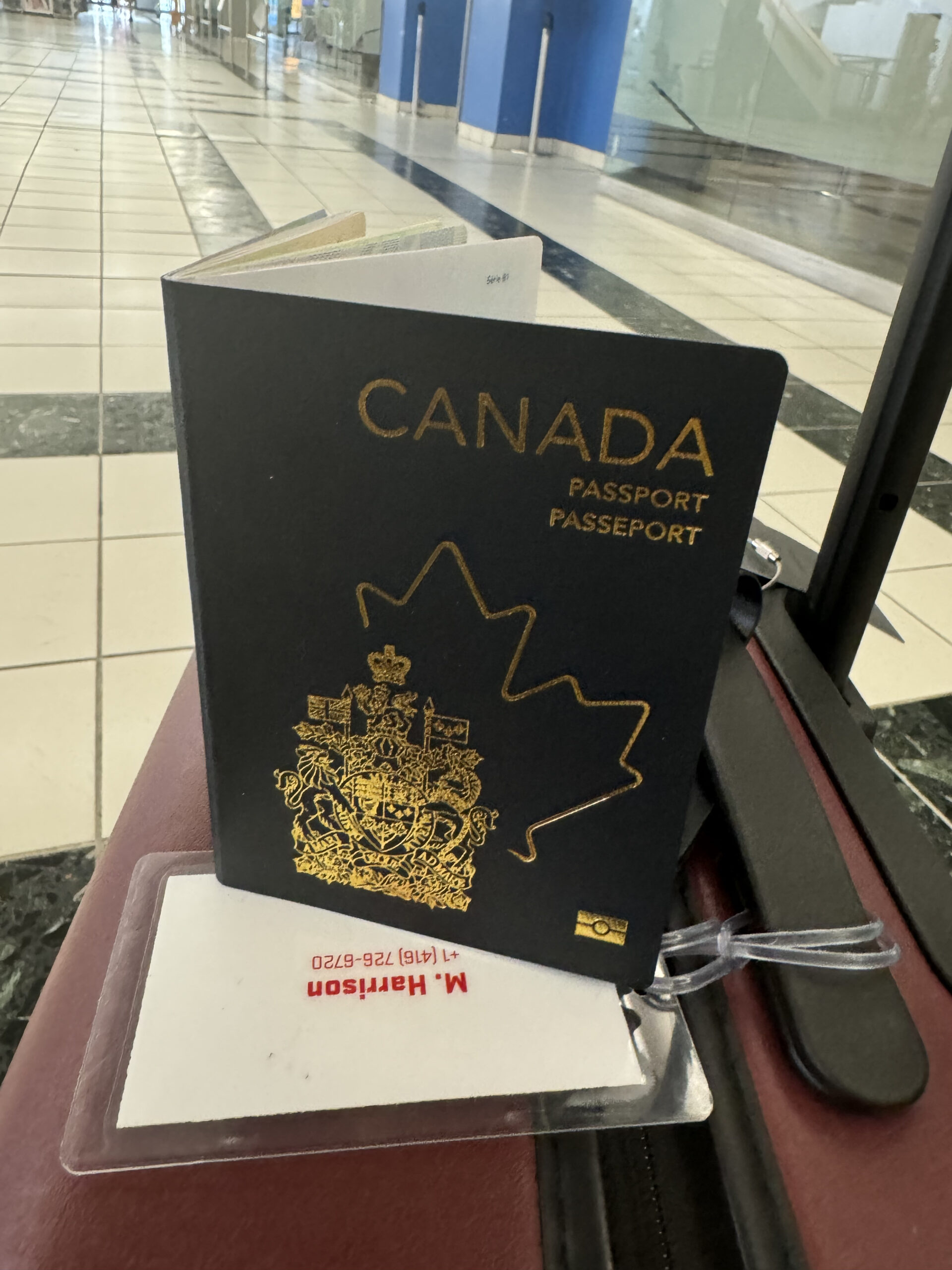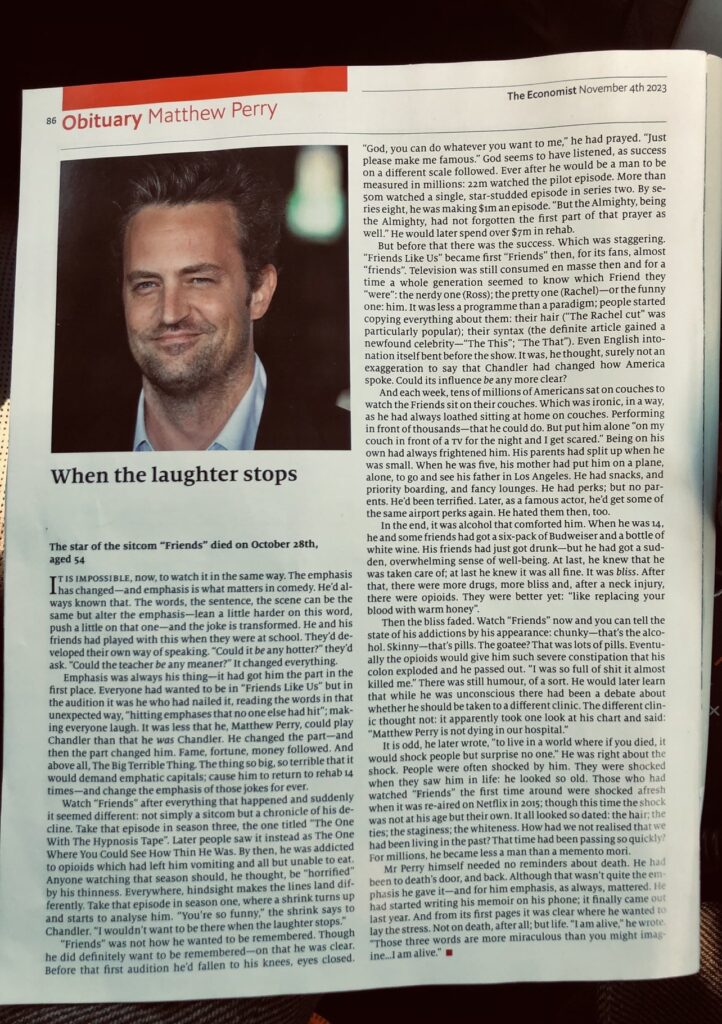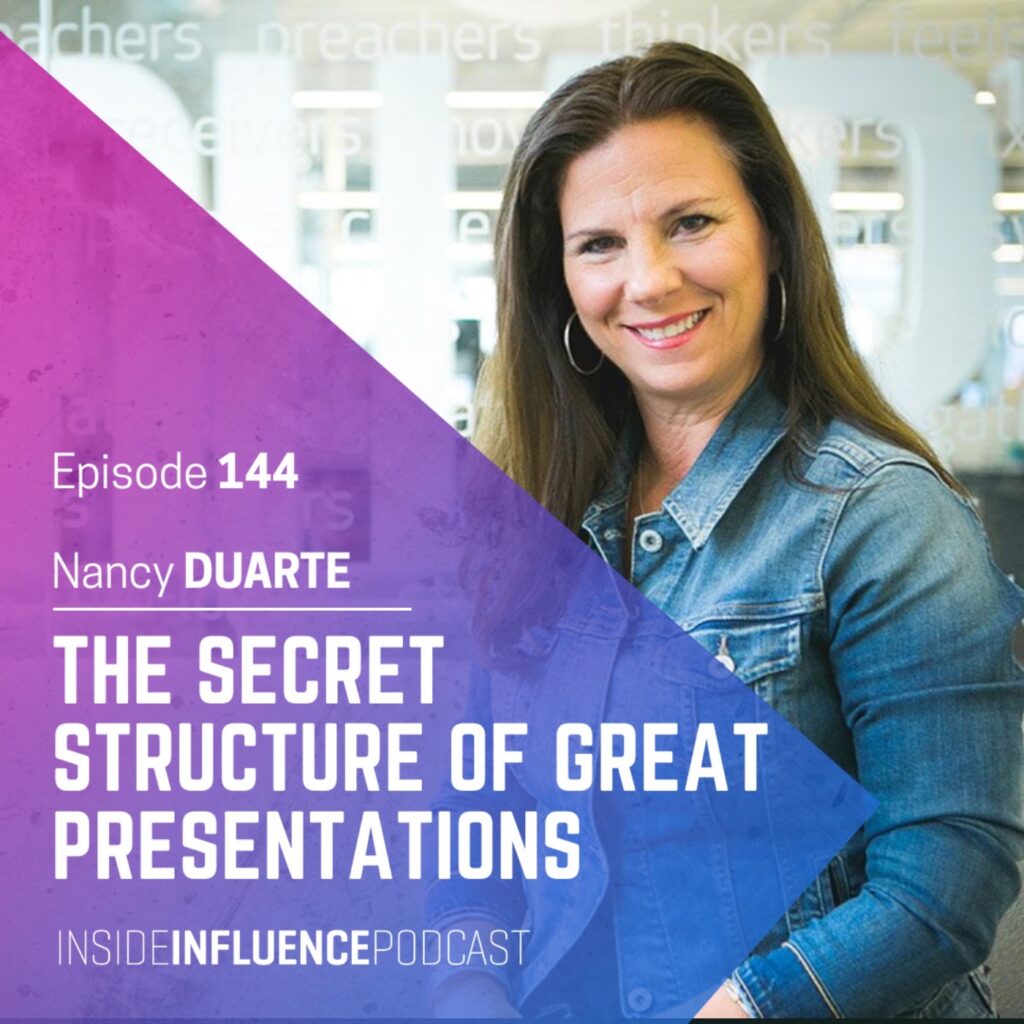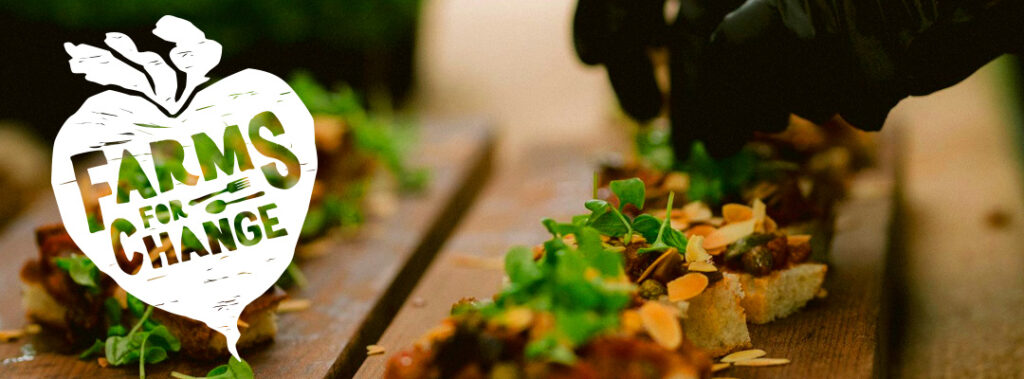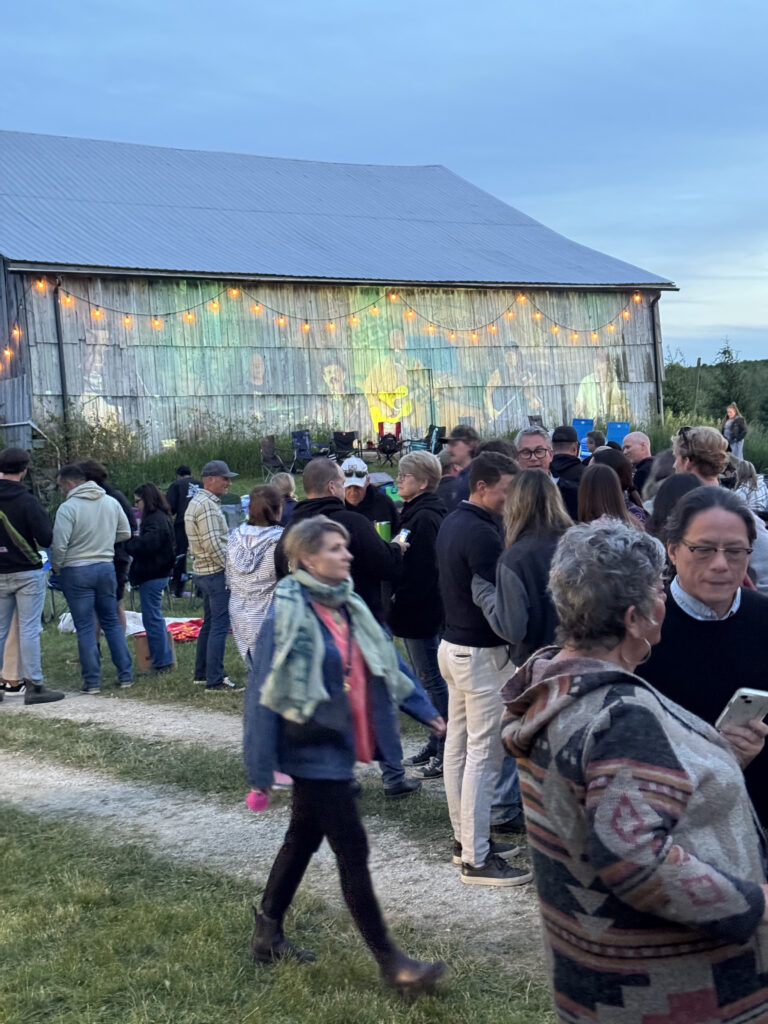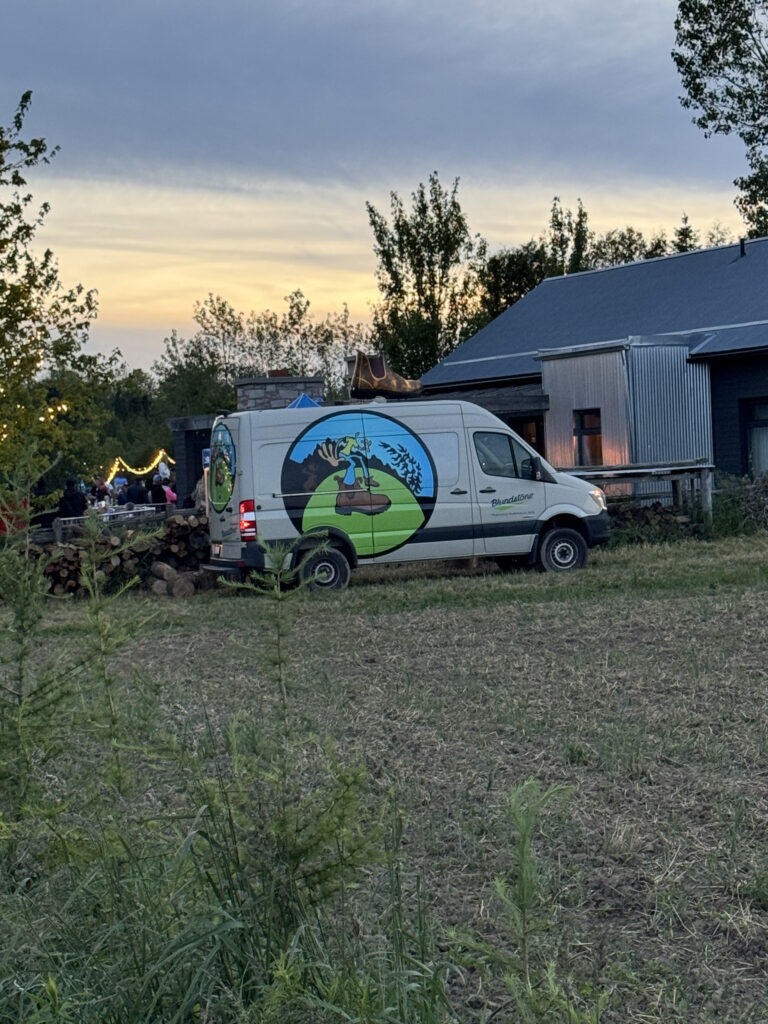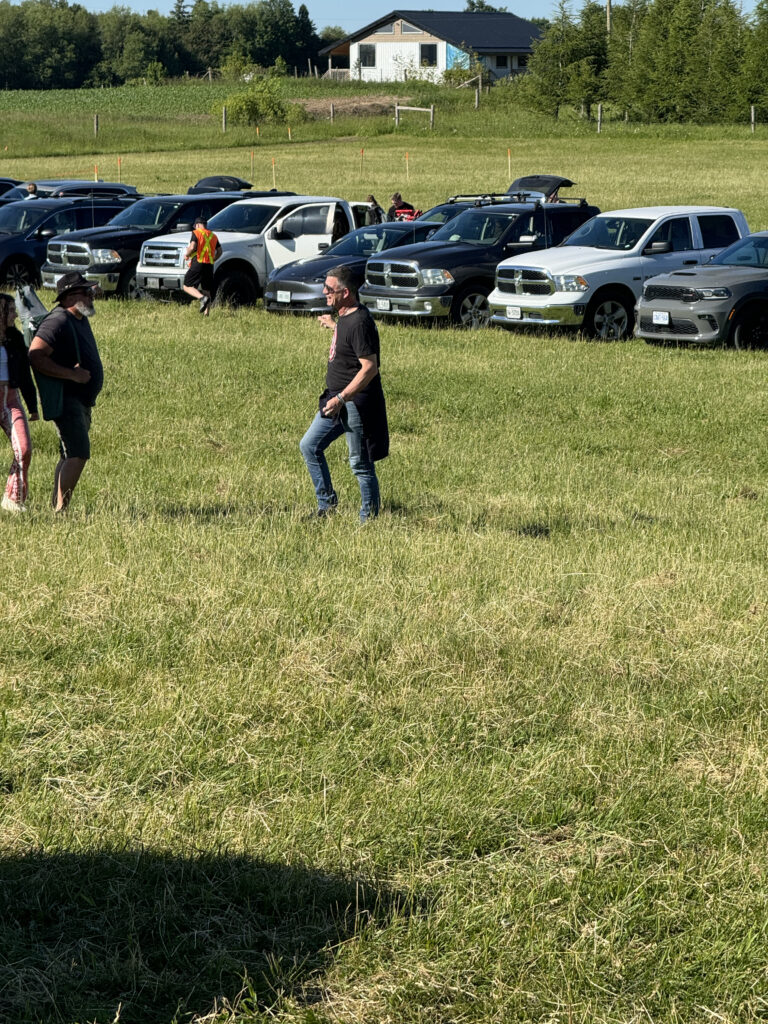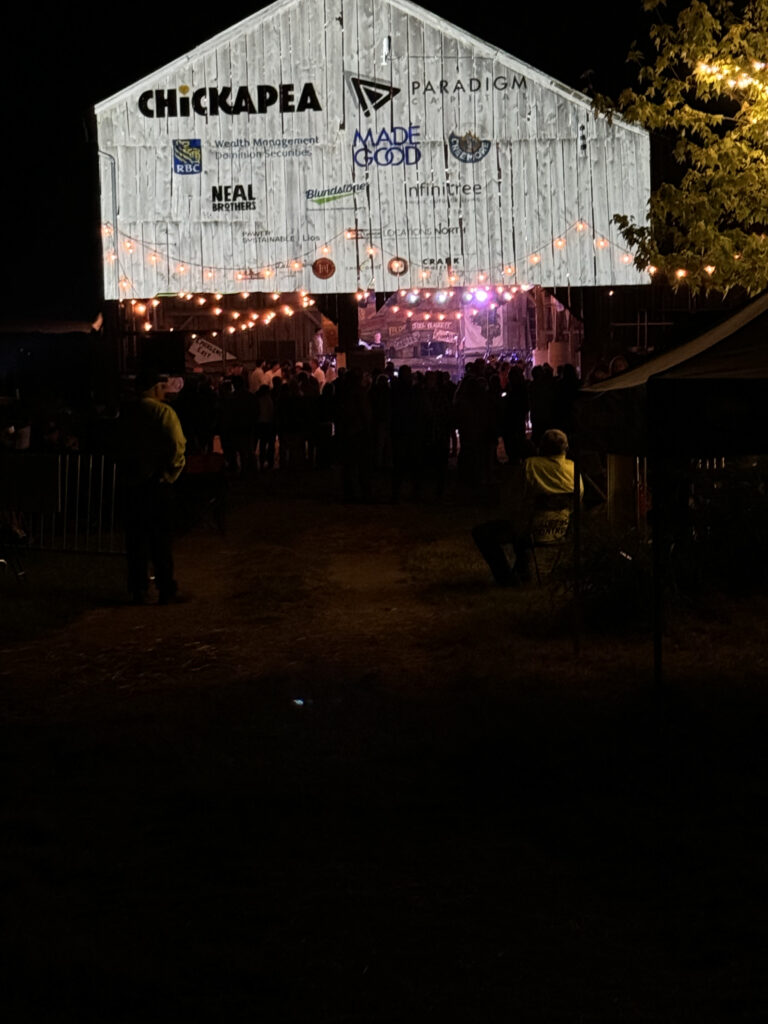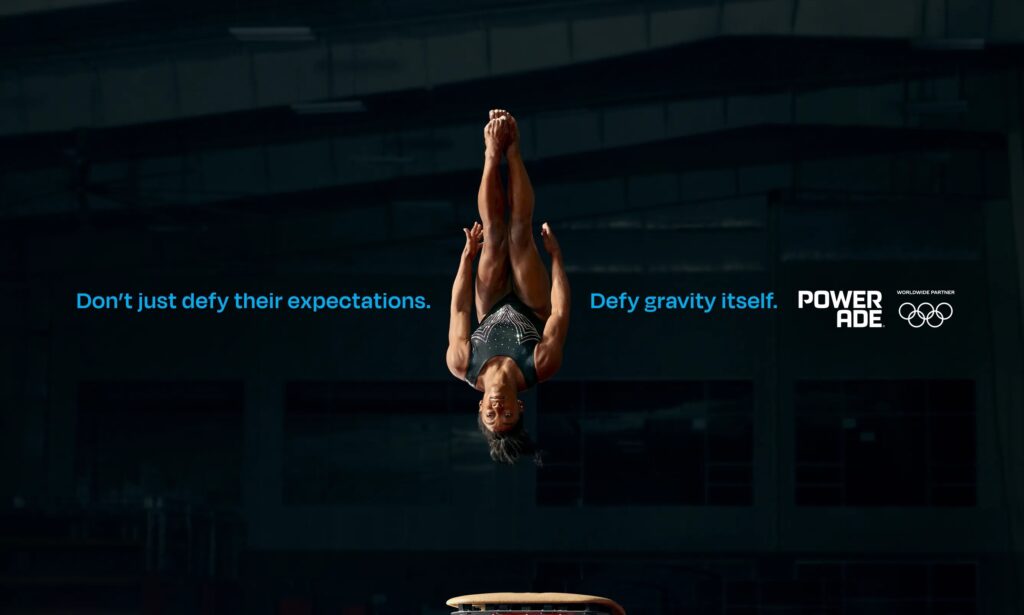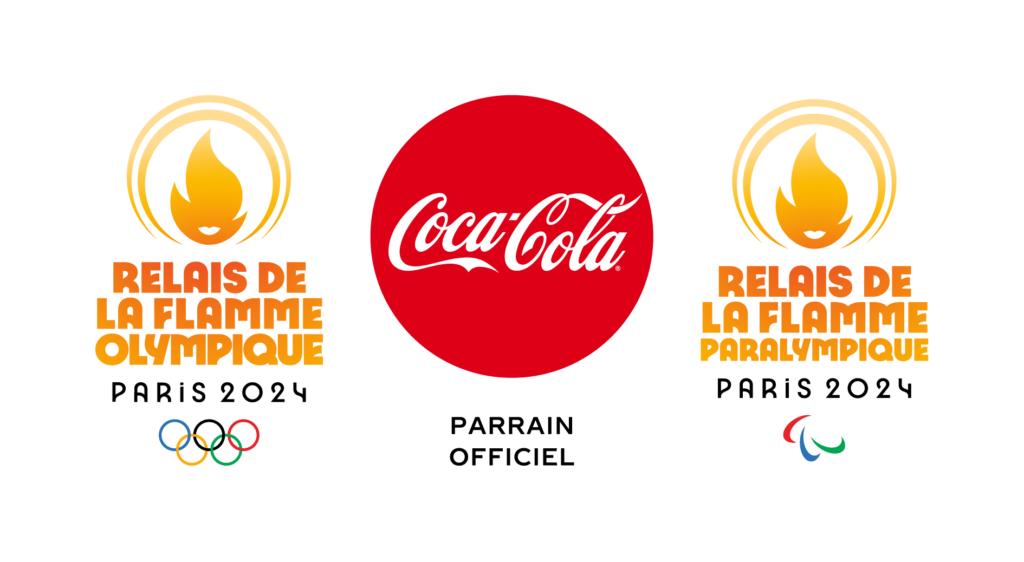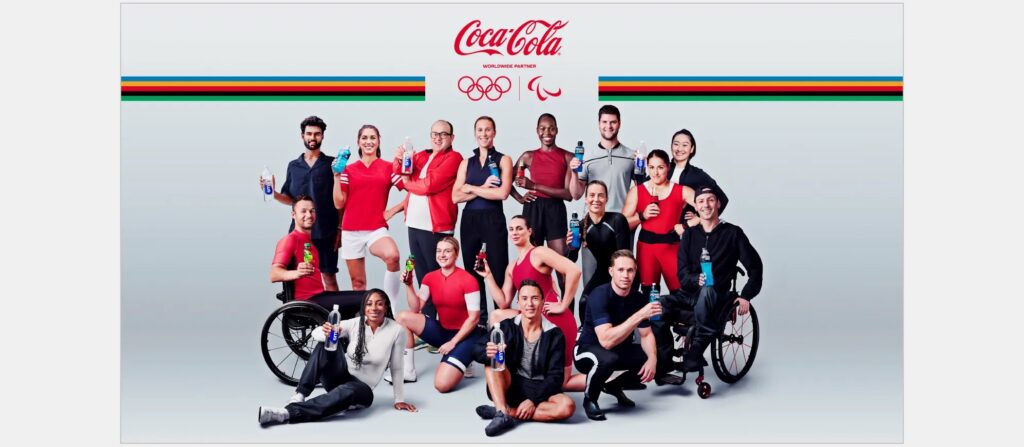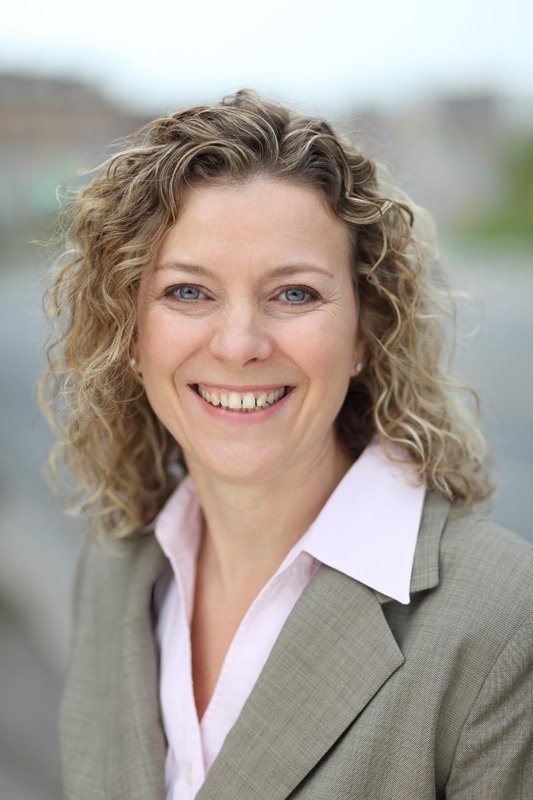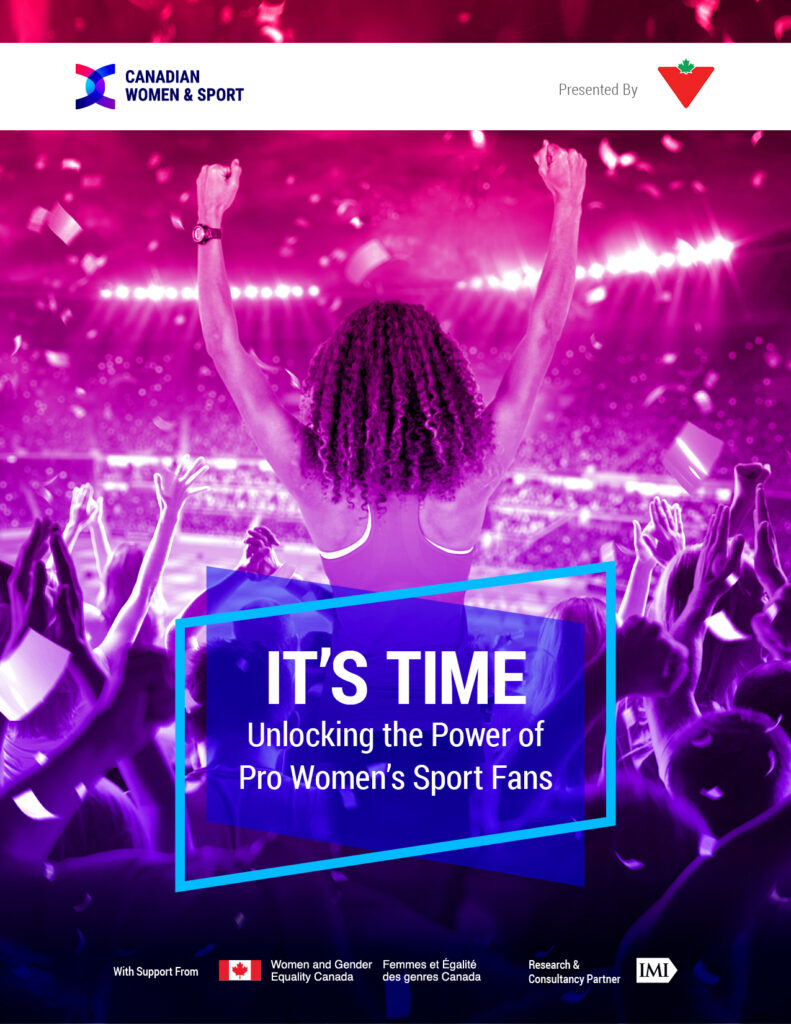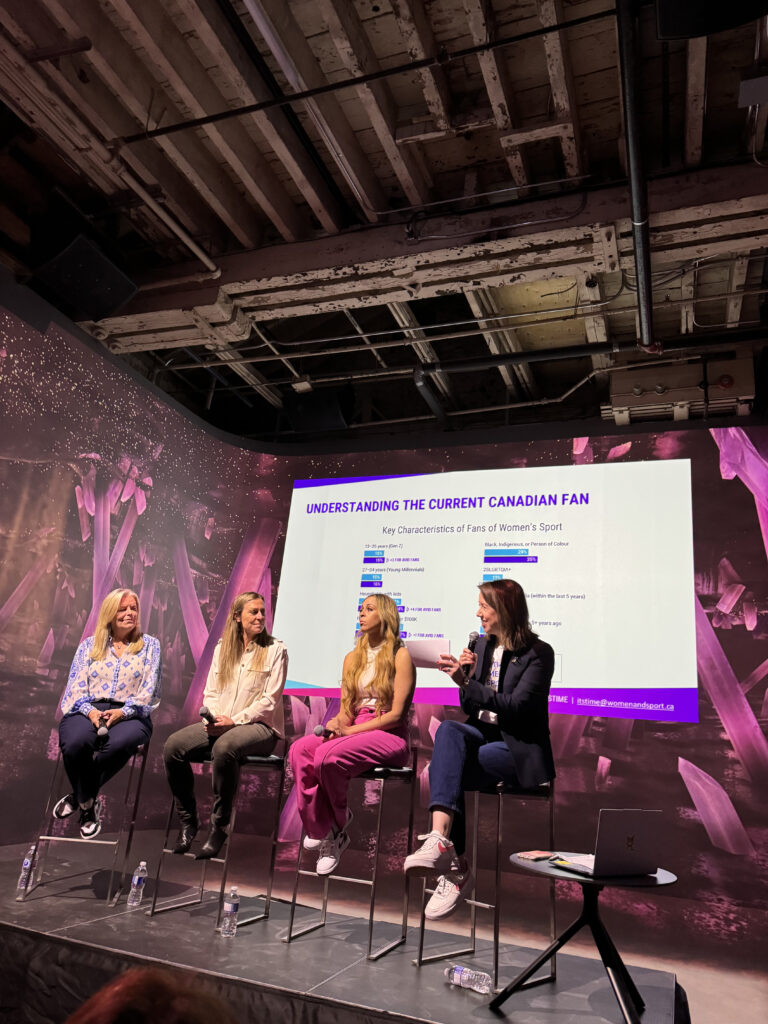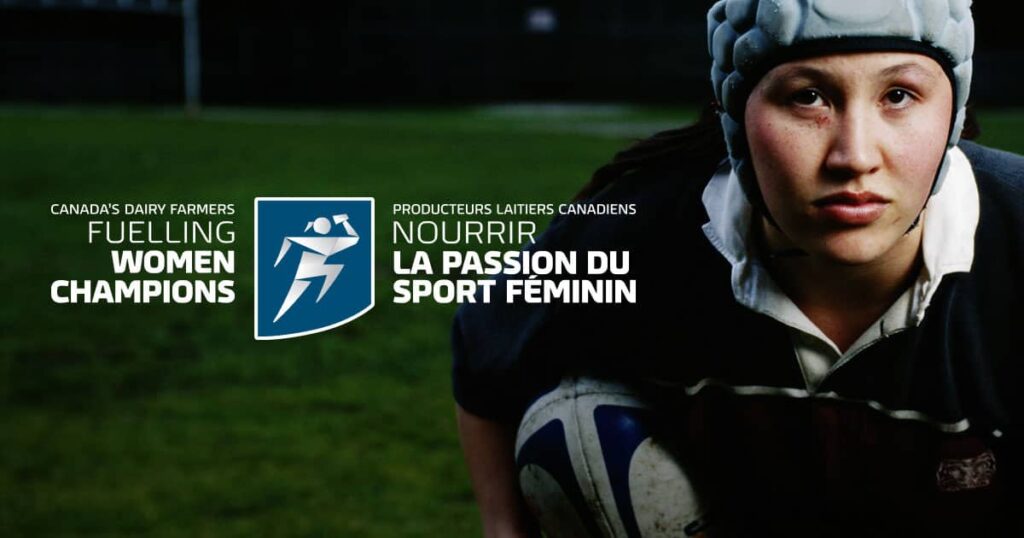This blog is not about my FOMO of not finding a way to New Orleans to attend Super Bowl LIX.
Despite the lopsided score, I wanted to be there for the experience, networking, and sports marketing mastery on display. I tried a few avenues with the league, but some sponsors and some teams didn’t happen. So, if you went to the Big Show, I would love to hear all about it.
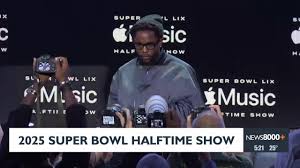
That doesn’t mean I didn’t learn a lesson or two from my minor ego bruises, which I suspect will be far less painful than the physical and psychological ouches Patrick Mahomes is dealing with this morning. I am going to take some direction from Mahomes and learn from my “losses.” I will also take lessons from the victorious Philadelphia Eagles, who turned their team around by radically reimaging their coaching staff, pursuing talented players in free agency to fill key positions on the field and sticking with their talented coach despite an ugly season in 2023.
To be clear, this is not a sports blog, just as it is not a FOMO blog. This is a blog about pursuing the grand prize. The grand prize?
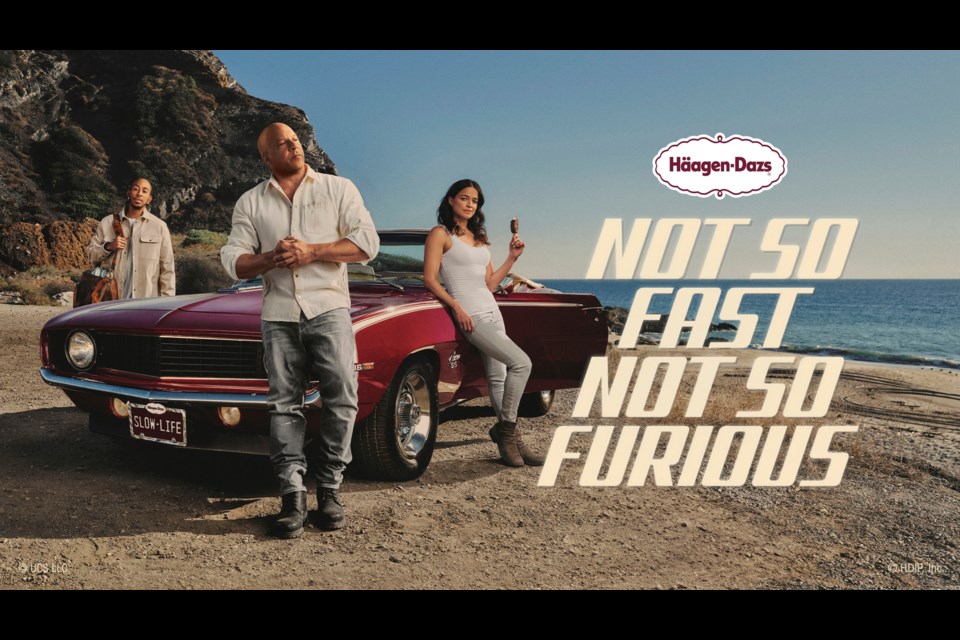
What is the Vince Lombardi Trophy you are seeking in 2025? Heading into 2025, what was the transformational opportunity you were pursuing? What was the gold medal or headline moment you set a series of New Year resolutions to achieve?
What about these resolutions? Did you know many people give up their proclamations by the second Friday of January, dubbed “Quitters Day”? Even worse, research indicates that by February 1st, some 80% of people abandon their New Year’s resolutions, according to the Baylor College of Medicine.
I think that today is a perfect day for a reset. Just as every NFL team and fan wakes up today, the morning after the Super Bowl, with a belly full of optimism that their team will win in 2026, you can use today as a reset. Regardless of your end game, you can bring that prize back into focus and ensure you reach that super stage in 2025 or 2026.
If you want an educated approach to resetting your year, I highly recommend you read Stefanie Fernandez’s article in Harvard Business Review, “Will You Make Good on Your New Year’sResolutions?” (https://hbr.org/2025/01/will-you-make-good-on-your-new-years-resolution).
If you prefer the less scientific version, I have a few ideas. However, don’t forget I failed in my goal to be in New Orleans. Now I know what it feels like to be a Cleveland Browns fan forever. So, what am I going to change to ensure that I reach my goal of having a business role in the 2026 Super Bowl?
Well, number one, I have already started, and that is to start early. I often commit the sin of starting new initiatives far too late. It drives my collaborators nuts, diminishes the runway for experimentation, and usually results in last-minute fixes that cost more than they are worth. I have been on the SB LX train for a few months!
Number two is that I am ensuring that I have options. This Super Bowl train is not just a train. It’s a plane, a boat, and a bus. I am forging multiple routes with multiple options. More importantly, I am being pretty direct about the destination I want to reach.
Number three is that I am prioritizing marketing over sales. What do I mean by that? Well, I am not walking around with a sales pitch that requests a one-directional relationship. No, I am taking an approach of ensuring that I bring value to the table that hopefully ensures my ask becomes an invitation.
Will it work? We will all find out in a year, won’t we?
Will it work for you? That’s the real mission of my missive today: to give you some time to mull over your FY25 and ensure it will come to fruition. Whatever you are chasing in 2025, take this week to check the score and ensure you have what you need to succeed, and if you need some tips, follow the experts or the flopper writing this note.
Now, about that quarterback for my Pittsburgh Steelers.
